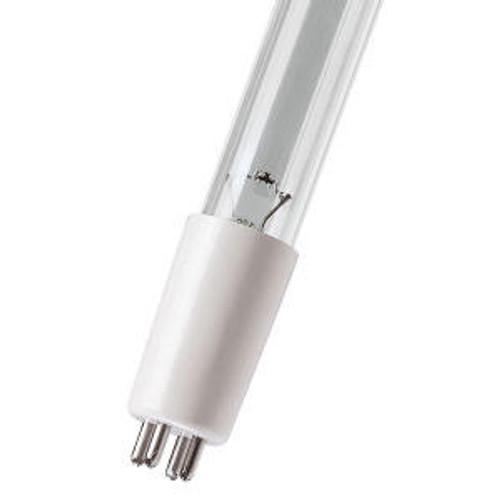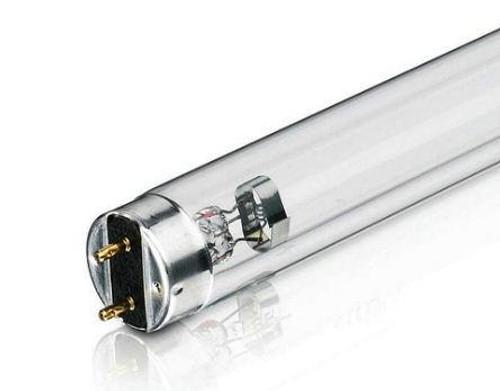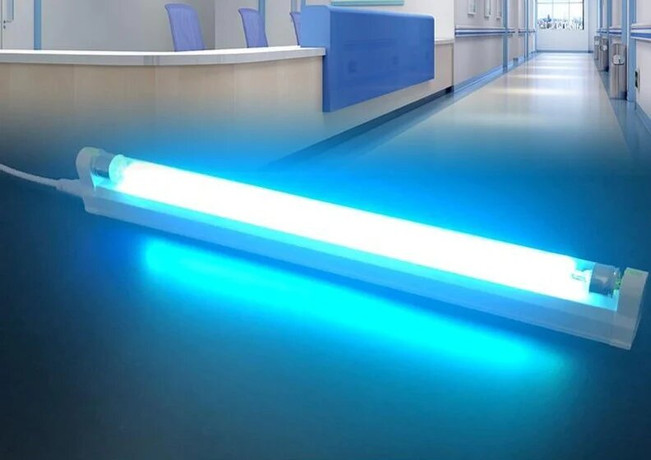UV Light for Disinfection: Does it Kill Everything?
UV light for disinfection has been used for decades. It has been proven to kill 99.99% bacteria, viruses, and other contaminants.
But does UV kill everything? For real?
This is the question we get from our customers quite frequently. And our team is honest with them to ensure they make an informed decision.

So, let’s answer this question once and for all!
Does UV kill everything?
Well, for starters, No!
If the water has plastic, microplastics, chemicals with complex structures, and more such contaminants, UV light for disinfection won’t be able to deactivate them. You will need other chemicals and filtration methods to remove these contaminants.
Now, our answer doesn’t just end here. Let’s look at one more contaminant that can get difficult for UV to deactivate.
And that is Endospores!
Let’s dig deep into what Endospores are and why it is difficult for UV light for disinfection to deactivate it.
What are Endospores?
Just like bigger animals hibernate during unfavorable conditions, certain bacterial species also undergo hibernation. This hibernated state is known as endospore. In this state, the bacteria are waiting for favorable conditions to thrive and multiply. However, until then, it stays in an endospore state.
Why It Is Difficult for UV Light to Deactivate Endospores?
Normally, when UV light for disinfection hits the walls of bacteria, it can strike the DNA easily, breaking it down and deactivating them indefinitely. This happens because the bacterial cell wall is not that tough and can’t withstand UV light.
However, in endospores, the outer layer of hibernated bacteria is tough and possibly impenetrable by chemicals, high temperature, desiccants, and UV light for disinfection.
Since UV light can’t penetrate this thick outer layer, it can’t strike the DNA and break it down. This leaves endospores floating in the water for hours until they find favorable conditions to germinate and reproduce. In fact, endospores can survive in boiling water for hours (temperature resistance).

How to decontaminate water from Endospores?
Now, endospores can be detected by your regular water testing. And although it is tough to penetrate the outer thick layer, it is not impossible. You can use a mixture of chemical treatment and UV exposure.
- You can use concentrated bleach solution with a minimum contact time of 10 minutes. This will help break down the thick outer layer.
- The chemical treatment is followed by exposure to UV light for disinfection. Once the layer is broken down, UV light can now penetrate and destroy the DNA of the bacteria rendering it harmless.
Bottom Line
UV light for disinfection is highly effective at deactivating several contaminants. However, plastics, microplastics, and other complex structured chemicals can be difficult to mitigate using UV lamps. In addition, endospores are also difficult to remove using UV lamps solely.
However, combined with chemical treatment and long exposure time, UV light for disinfection can deactivate endospores.
If you need more information about the effective usage of UV lamps, get in touch with us at Light Spectrum Enterprises, Inc. Our team not only has expertise in developing and manufacturing UV lamps tailored to our client, but we also have acute domain knowledge. Our team will be glad to answer your questions and suggest you the best UV lamps from our broad range.
Contact us now to find out more.

